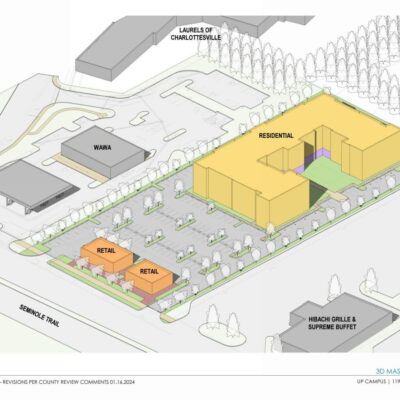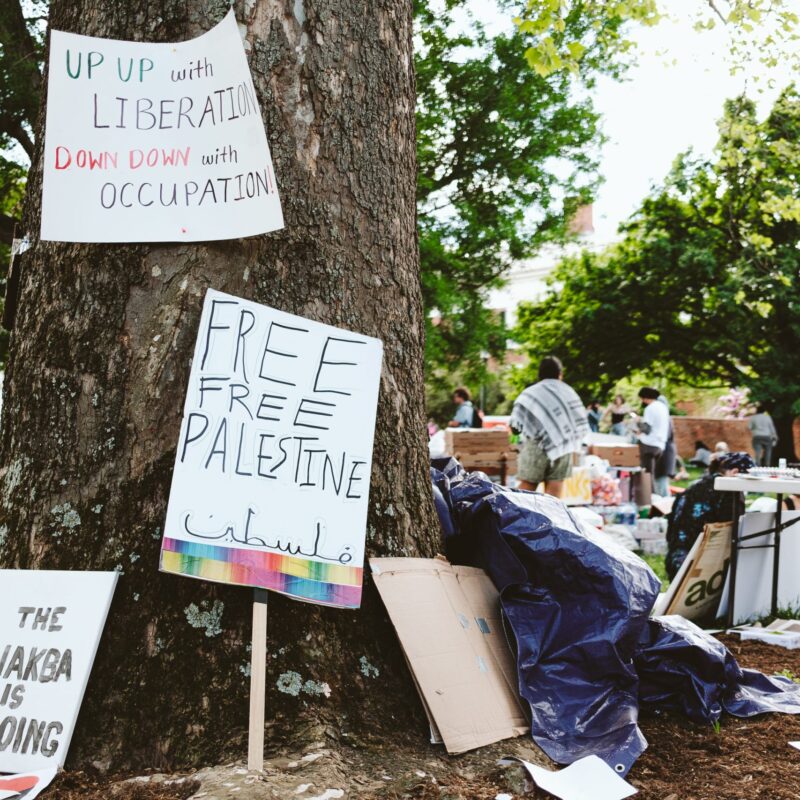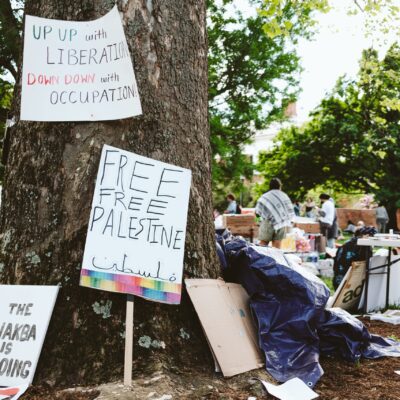| More feature articles:
Fifeville’s future Fifeville in flux The incredible rise in Fifeville assessments Remembering The Gambling House The Purple People Eater |
The city pursued a historic district—and planned to pursue a watered down version of a local design control district—in order to preserve the historic homes and single-family housing stock in Fifeville. Informed by an architectural preservation point of view, efforts to prevent demolitions and provide tax incentives for rehabbing homes don’t really address one of the area’s biggest problems—that working-class residents are being pushed out of their homes.
Part of the city’s solution for that issue is to grant real estate tax abatement to homeowners. But another way that the city could keep people in their homes is to help people fix them up so that they can continue to live there without having to sell.
The city punts much of that work to the Albemarle Housing Improvement Program (AHIP), a nonprofit that does major rehabs for the city. On average, AHIP does between five and six a year—and has a waiting list of 175 homes.
“It’s a daunting task to say the least,” says Jane Andrews, AHIP’s associate director for rehabilitation. “The hard thing abut working in the city is that the housing stock is so old.” The rehabs include anything from a $30,000 repair to an $80,000 overall.
“Fifeville is certainly interesting in that it embodies some of the older and historic houses as well as the newer housing stock that’s starting to show a lot of decay, like the townhouses in Orangedale,” Andrews says. “It’s quite a mix of housing needs.” AHIP has done about five houses in the area in the past five years.
AHIP’s funding for city repairs—much of it federal money—has fallen off to $200,000 annually from $400,000. The city is considering increasing funding for repairs as part of a greater financial commitment to affordable housing.
But city officials are not united on the idea. At a recent affordable housing work session, some councilors worried that granting more money for emergency repairs could create an incentive for people to let their homes fall into disrepair.
“I’m not too worried about people taking advantage of that,” says Mayor Dave Norris. “I find it hard to envision somebody allowing their house to fall down around them and sit on a waiting list for years just so they can qualify for a small government loan or grant to fix a house.”





